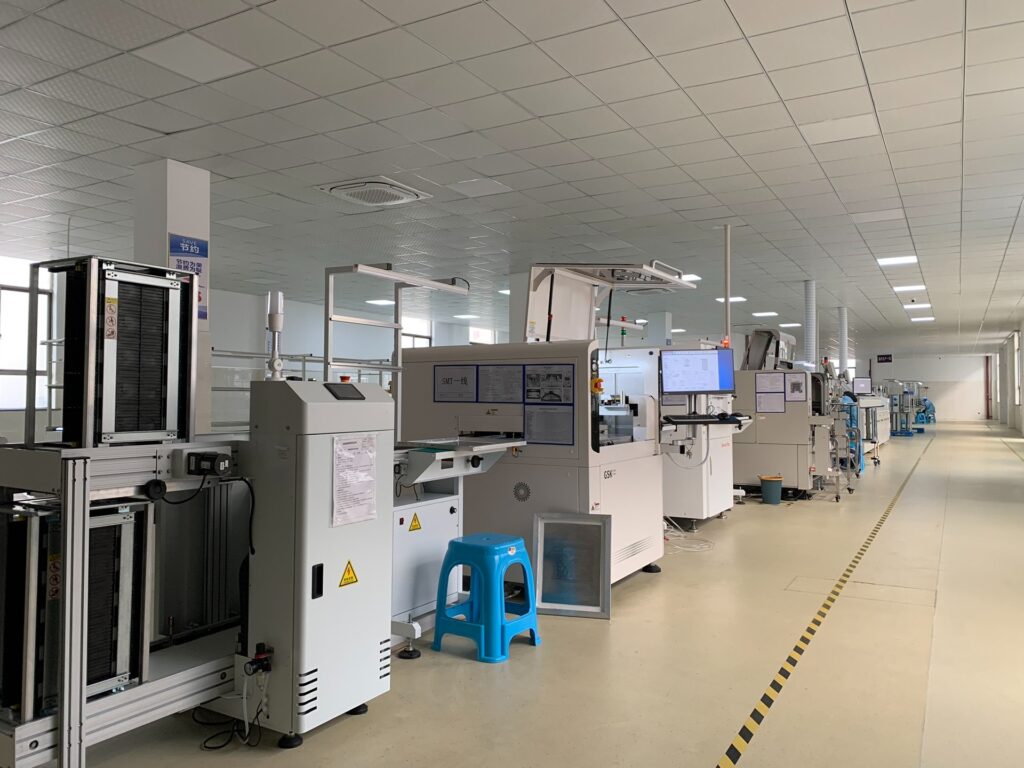Understanding SMT Machine Maintenance
SMT machines, pivotal in modern electronics production, require consistent maintenance to ensure their continued functionality and minimize downtime. Regular maintenance is not just about repairs or replacing parts; it encompasses a range of proactive measures designed to mitigate wear and tear, extend machine life, and maintain operational efficiency.

Types of SMT Machine Maintenance
There are two main types of maintenance used to ensure the smooth operation of SMT machines:
- Preventive Maintenance
- Breakdown Maintenance
Each method has its own importance and is applied based on the condition of the machine and the desired outcomes.
Preventive Maintenance
Preventive maintenance involves systematic and routine inspections of SMT machines to reduce the likelihood of unexpected failures. This type of maintenance relies on detailed records of machine usage, operational parameters, and the life expectancy of specific components.
Key Elements of Preventive Maintenance:
- Scheduled Inspections: Regular checks of critical machine components help in early detection of wear and potential issues.
- Parts Replacement: Predicting when certain parts will need replacement based on usage data allows for timely changes, minimizing unexpected downtimes.
- Analytical Techniques: Data analysis tools are used to anticipate component failures, helping to maintain continuous production efficiency.
By addressing potential issues before they become significant problems, preventive maintenance reduces the risk of costly breakdowns, increases uptime, and enhances the overall productivity of the facility.
Breakdown Maintenance
Breakdown maintenance, on the other hand, is reactive. It occurs after the machine has experienced a failure. The focus here is on identifying the root cause of the breakdown and implementing corrective actions to restore full machine functionality.
Key Features of Breakdown Maintenance:
- Failure Diagnosis: Engineers must quickly identify the cause of the malfunction to initiate appropriate repairs.
- Component Repair or Replacement: Once the problem is identified, affected parts are either repaired or replaced to return the machine to operational status.
- Production Loss Management: Since breakdowns result in halted production, swift and effective maintenance actions are critical to minimizing operational losses.
While breakdown maintenance can incur significant production losses due to downtime, it remains a necessary practice in cases where preventive measures fail or when unexpected failures arise.
| Maintenance Type | විස්තර | Key Benefits |
|---|---|---|
| Preventive Maintenance | Proactive approach, scheduling inspections and repairs | Increases machine lifespan, reduces downtime |
| Breakdown Maintenance | Reactive approach, addressing issues after failure occurs | Quickly restores production but may cause delays |
Maintaining Machine Efficiency During Degradation
In scenarios where SMT machines are degrading but still operational, production can be optimized by adjusting certain machine settings. For example, reducing the output speed or lowering the operational load can slow the rate of degradation, allowing the machine to continue functioning until full repairs or replacements can be made.
Adjusting Output for Prolonged Use
When machines begin to show signs of wear, reducing the output setting can provide a temporary solution to maintain production. Operating the machine at a reduced capacity lessens the strain on its components, thereby extending its usability until maintenance actions are feasible.
This method, while not a long-term solution, can significantly reduce downtime by keeping the machine running, albeit at a lower rate of production.
Conclusion
The maintenance of SMT machines is a critical aspect of ensuring high productivity and minimizing costly downtime in electronics manufacturing. Preventive maintenance offers a proactive approach to managing machine health, while breakdown maintenance provides reactive solutions to unexpected failures. Together, these strategies play a pivotal role in maintaining the efficiency and longevity of SMT equipment, ultimately contributing to increased operational efficiency and profitability.